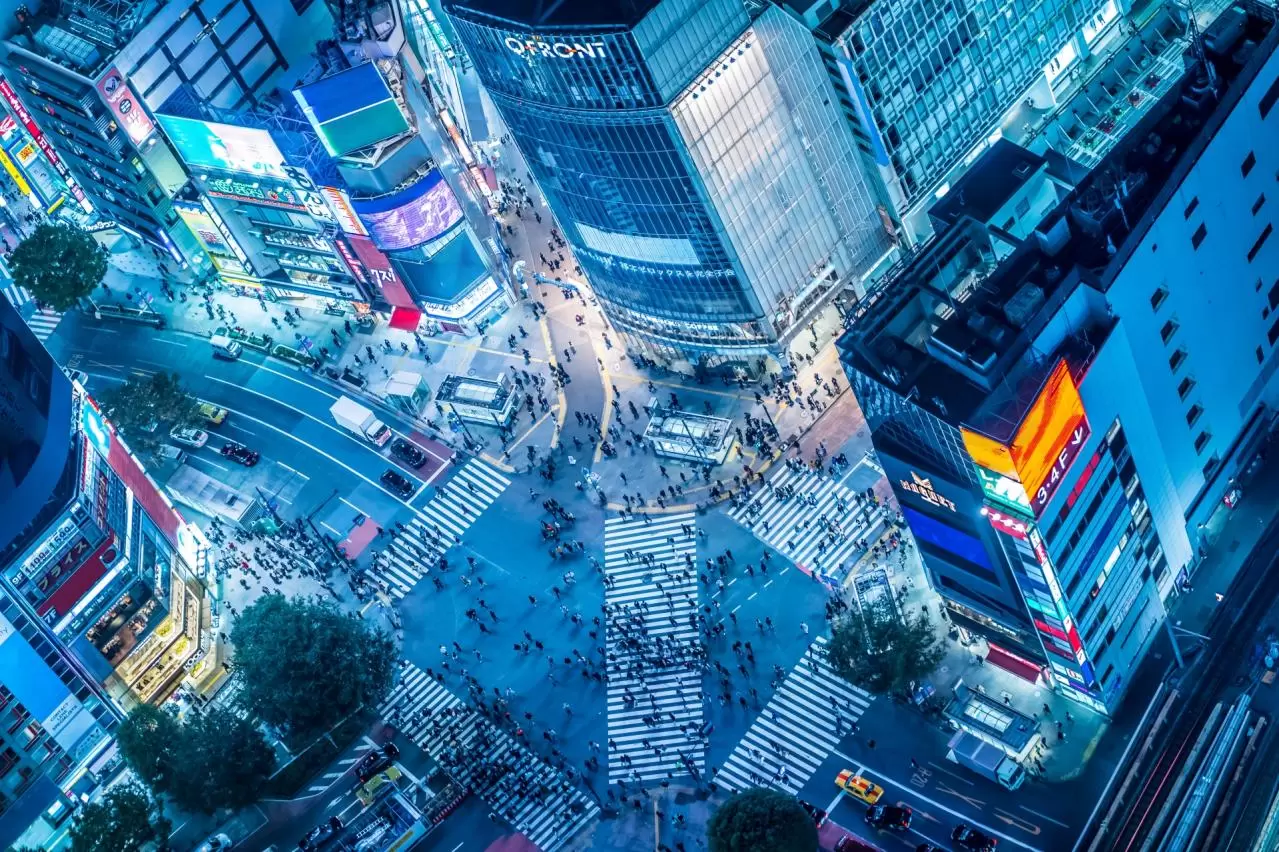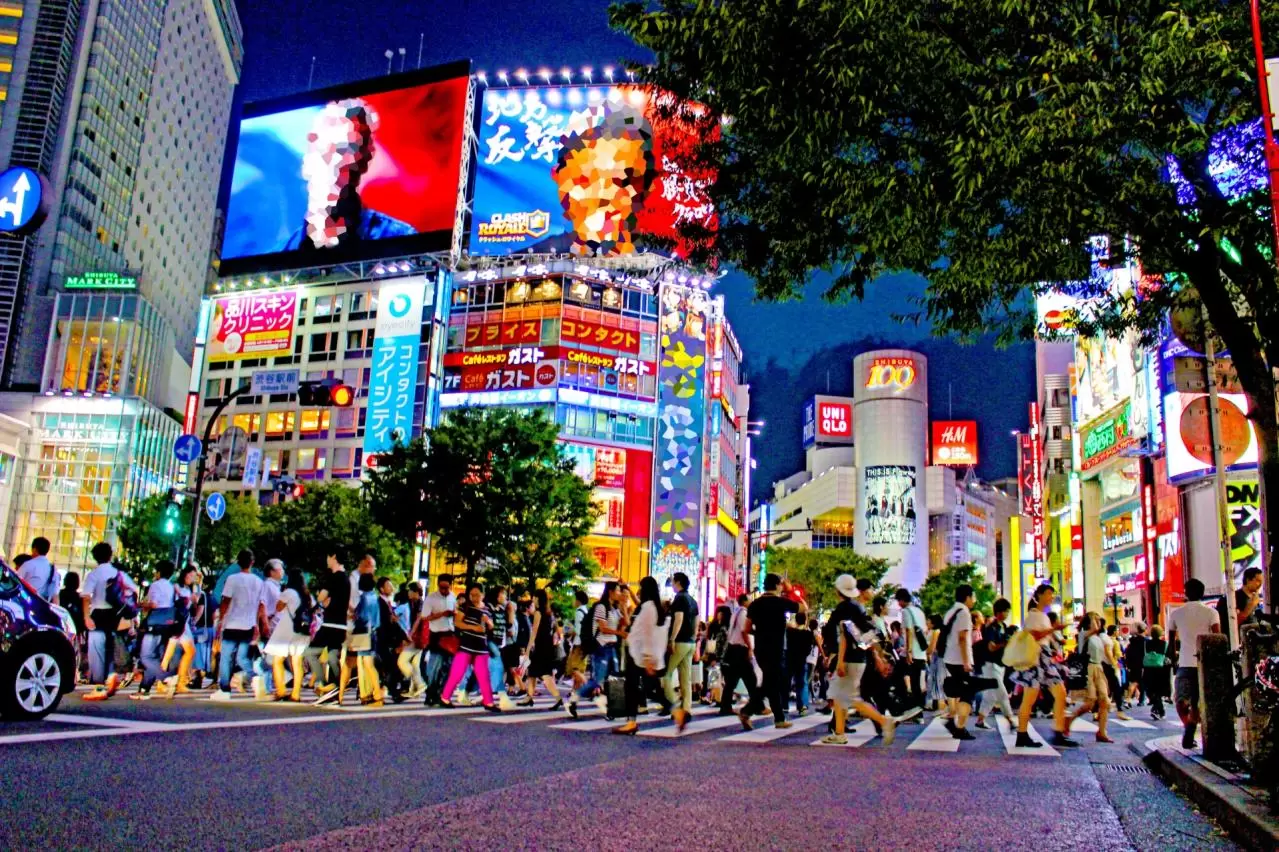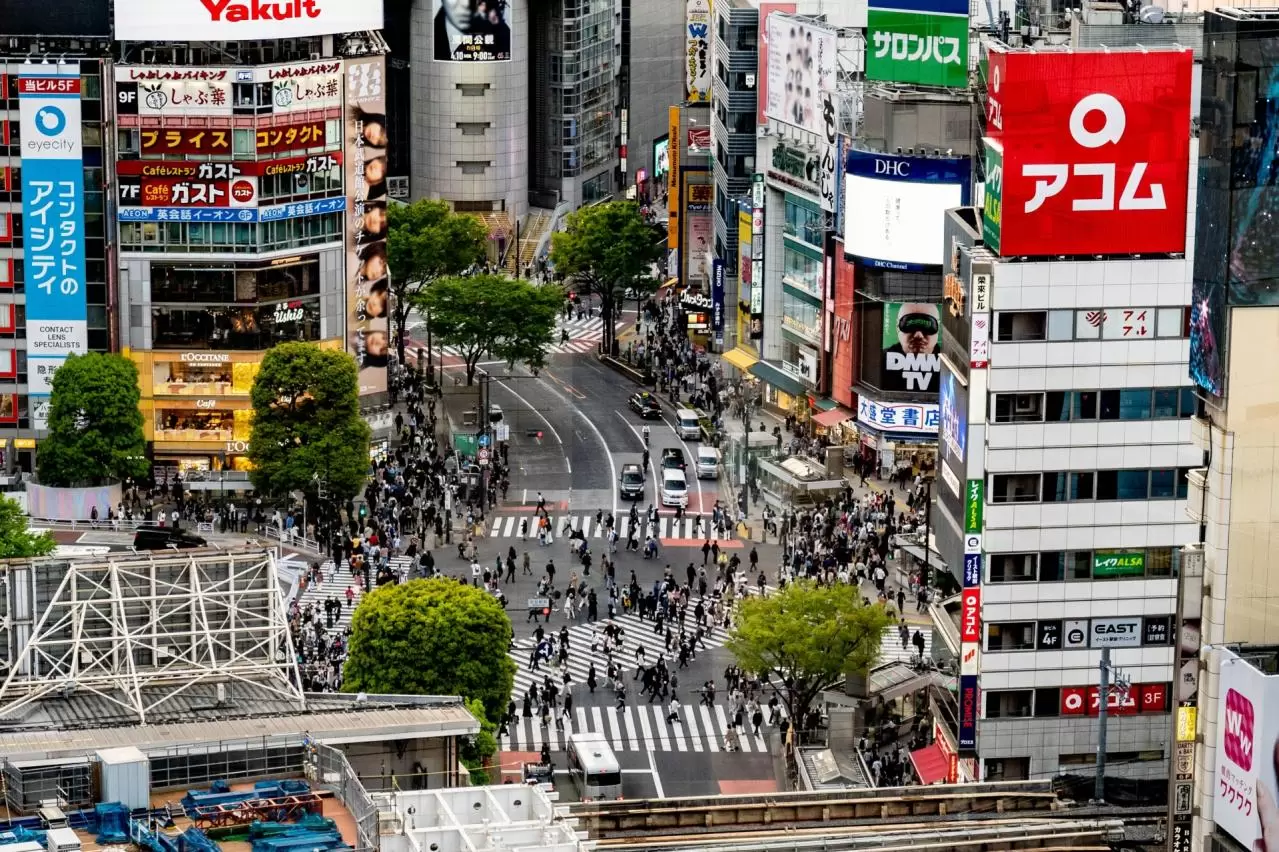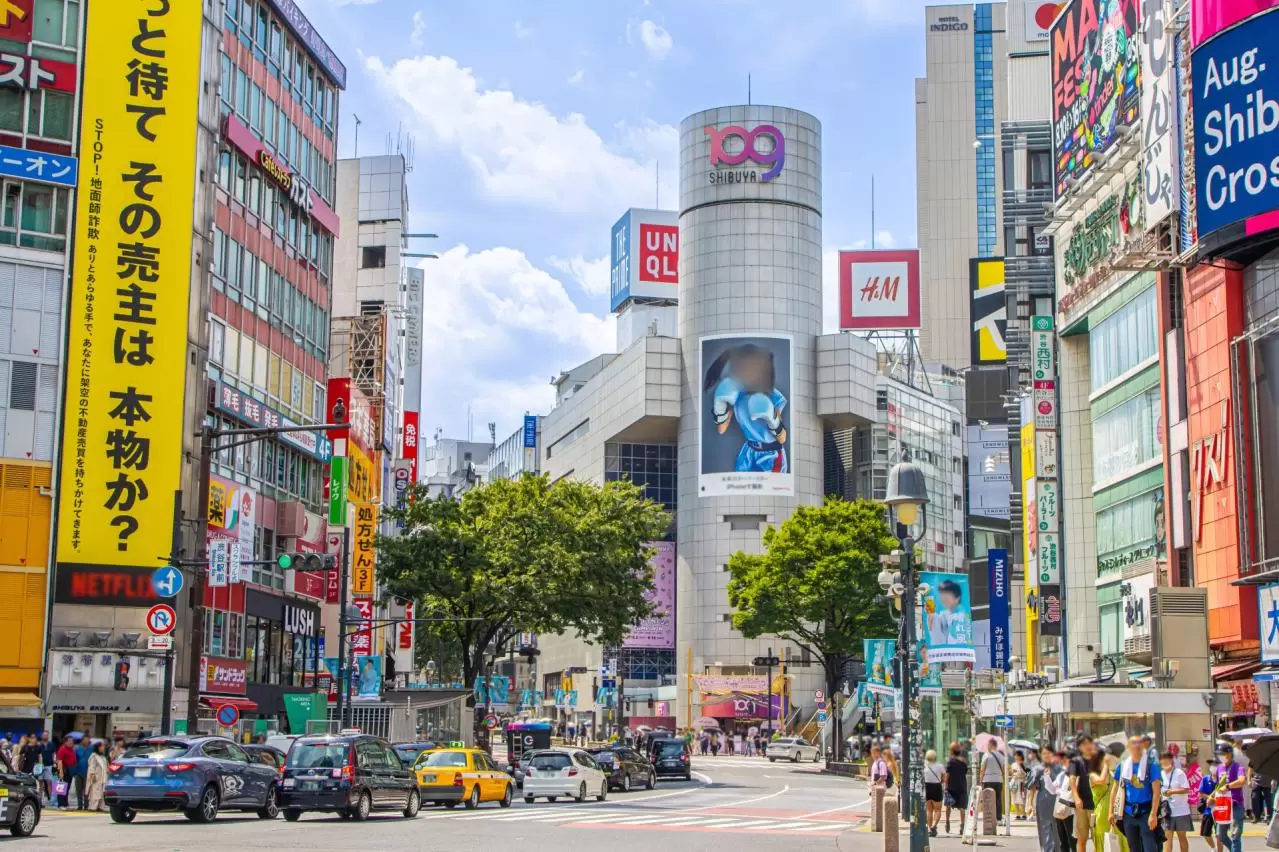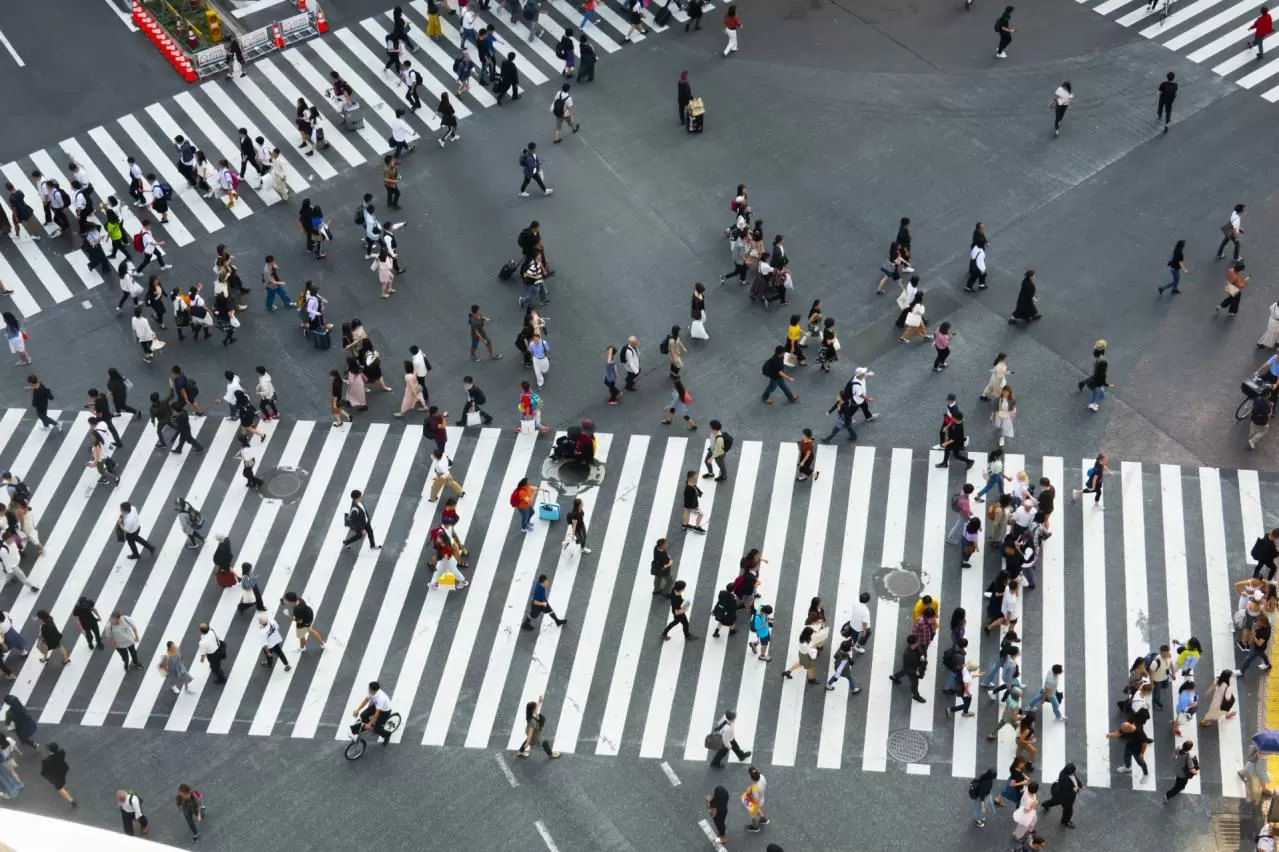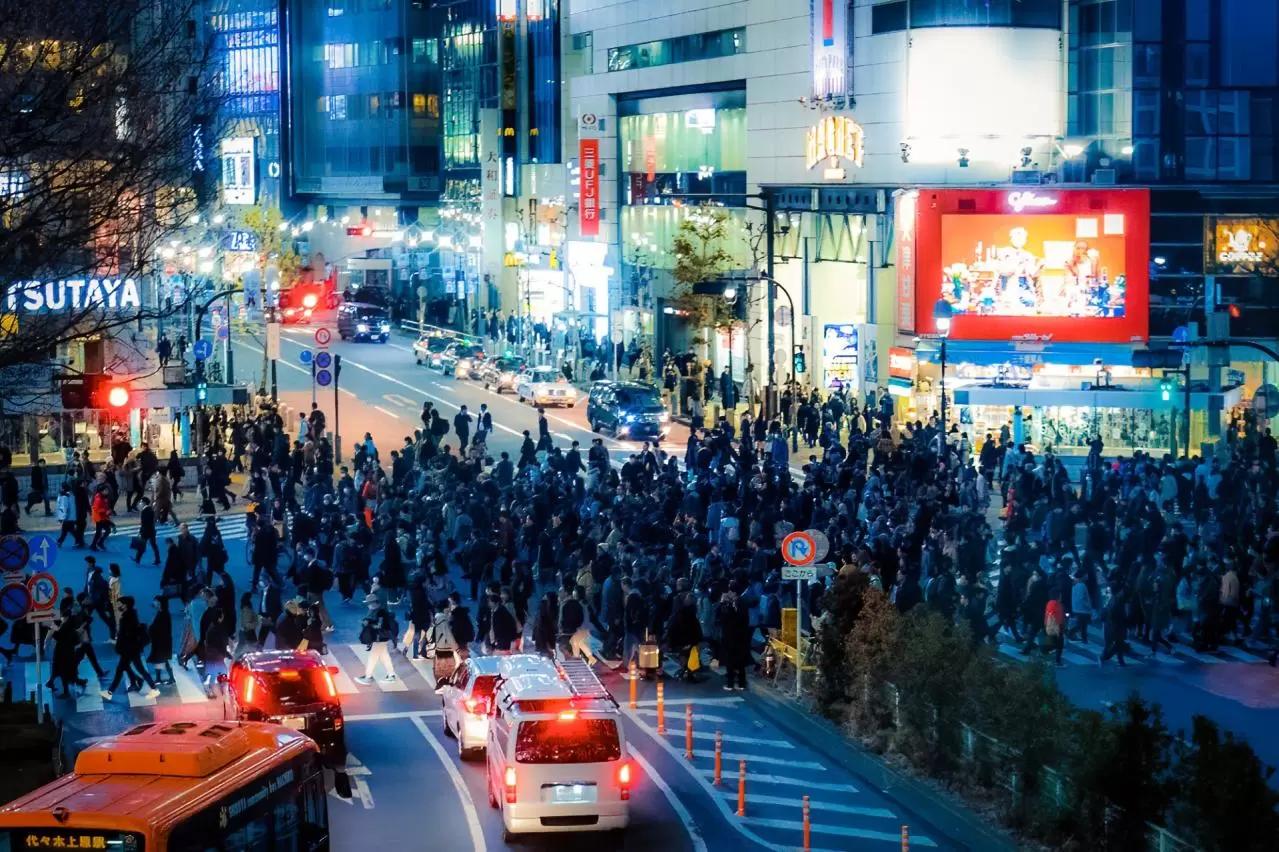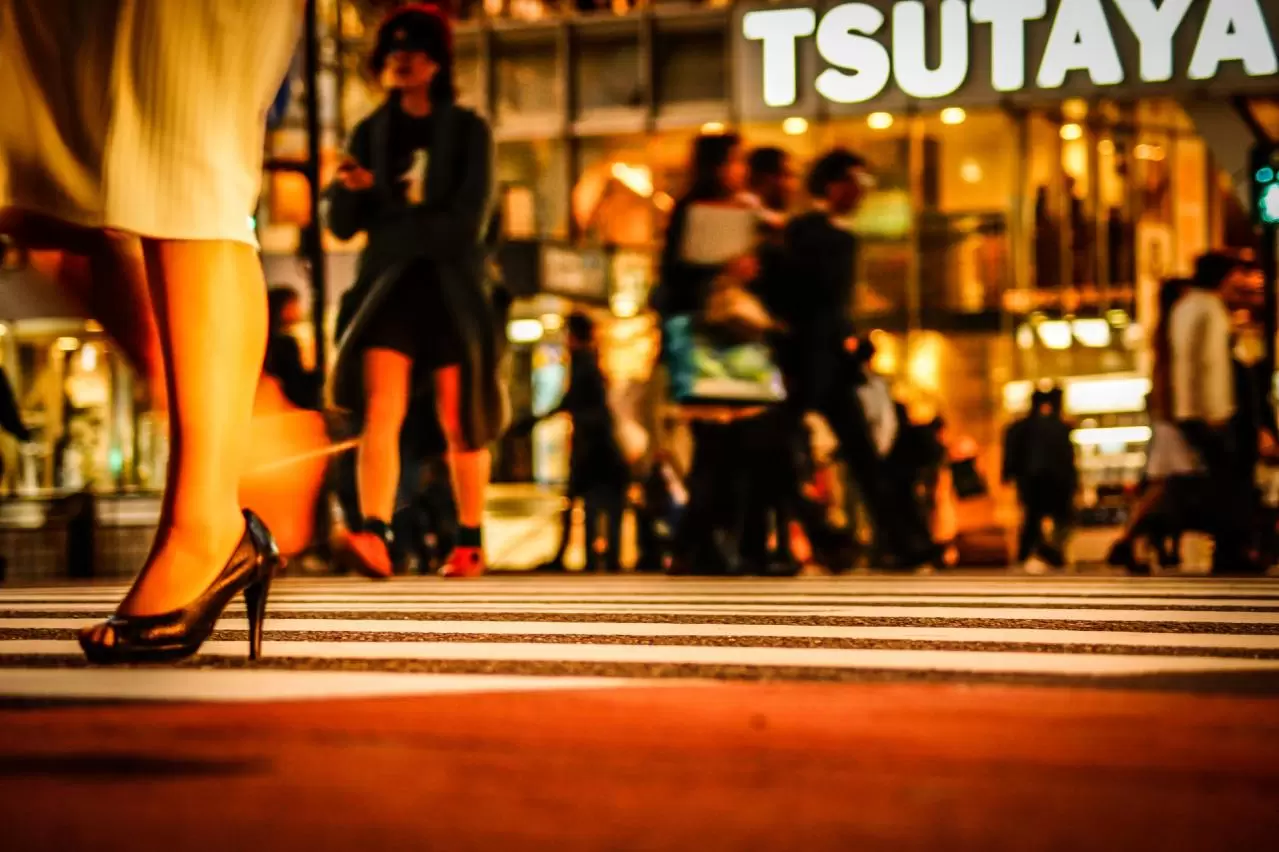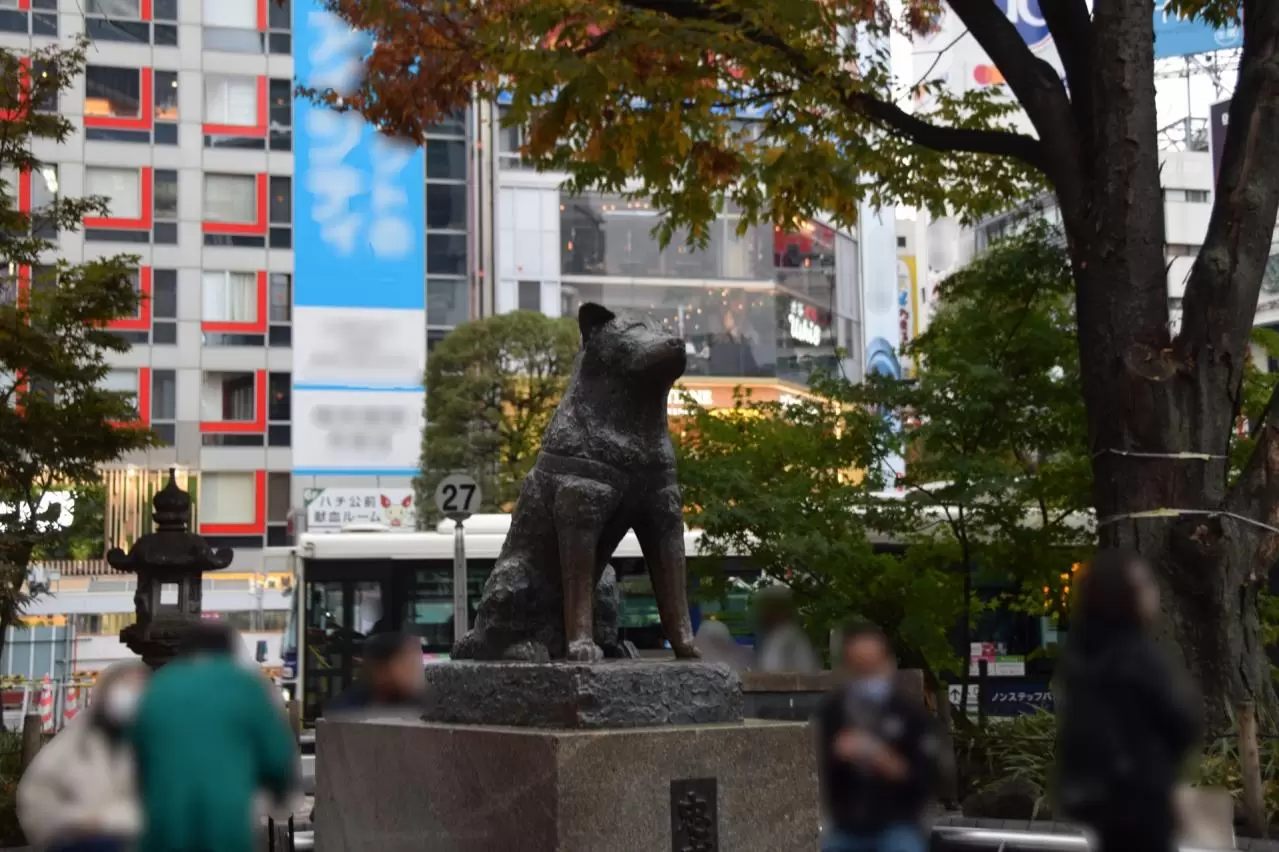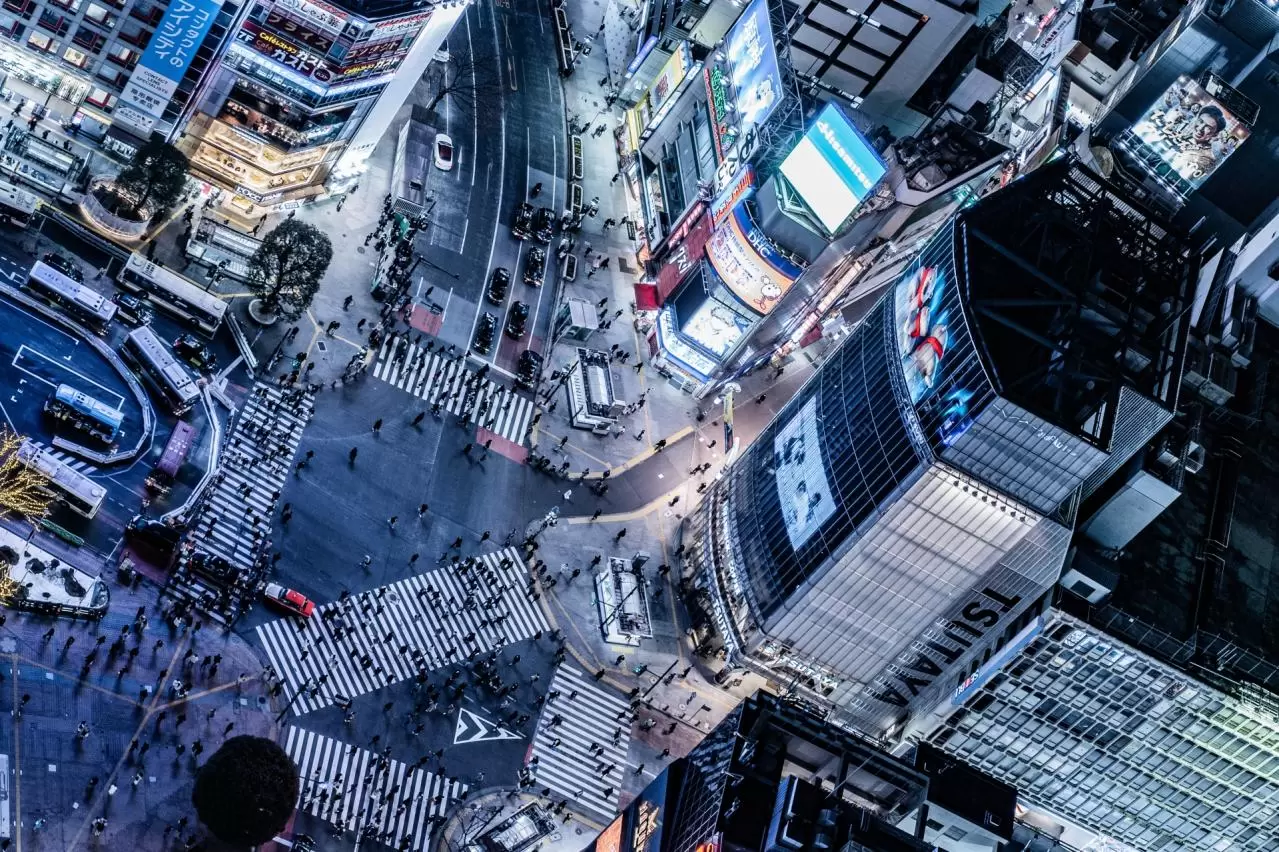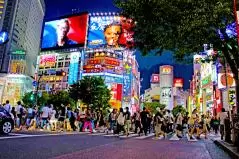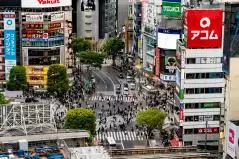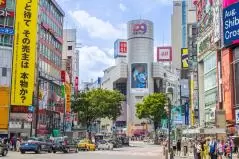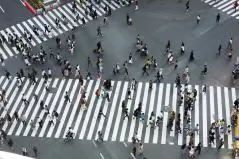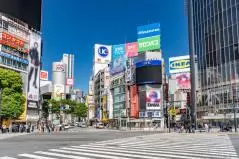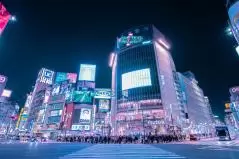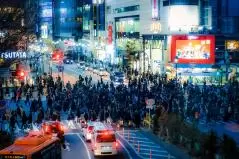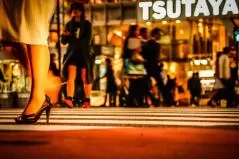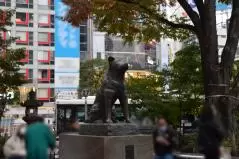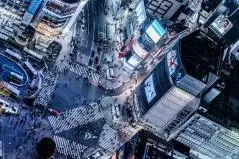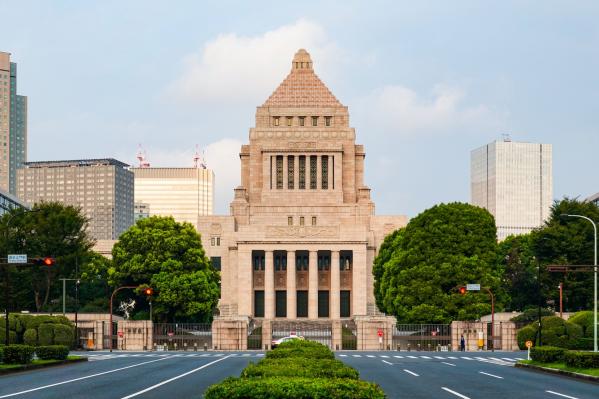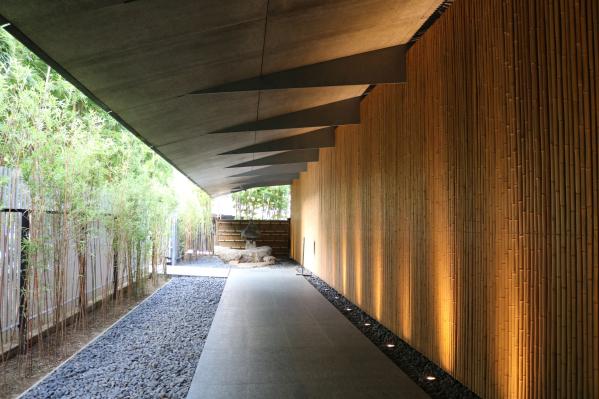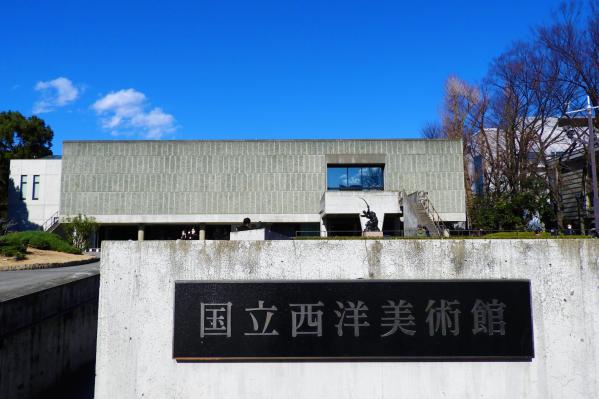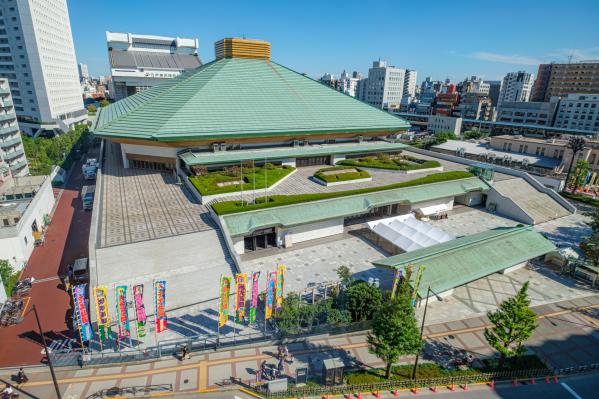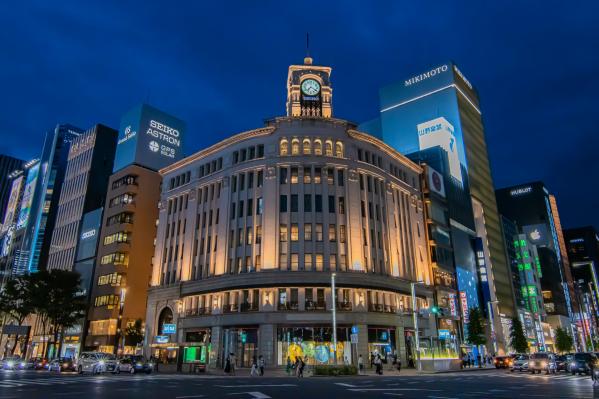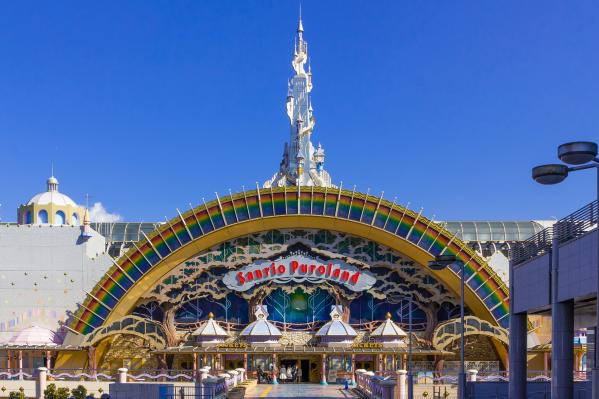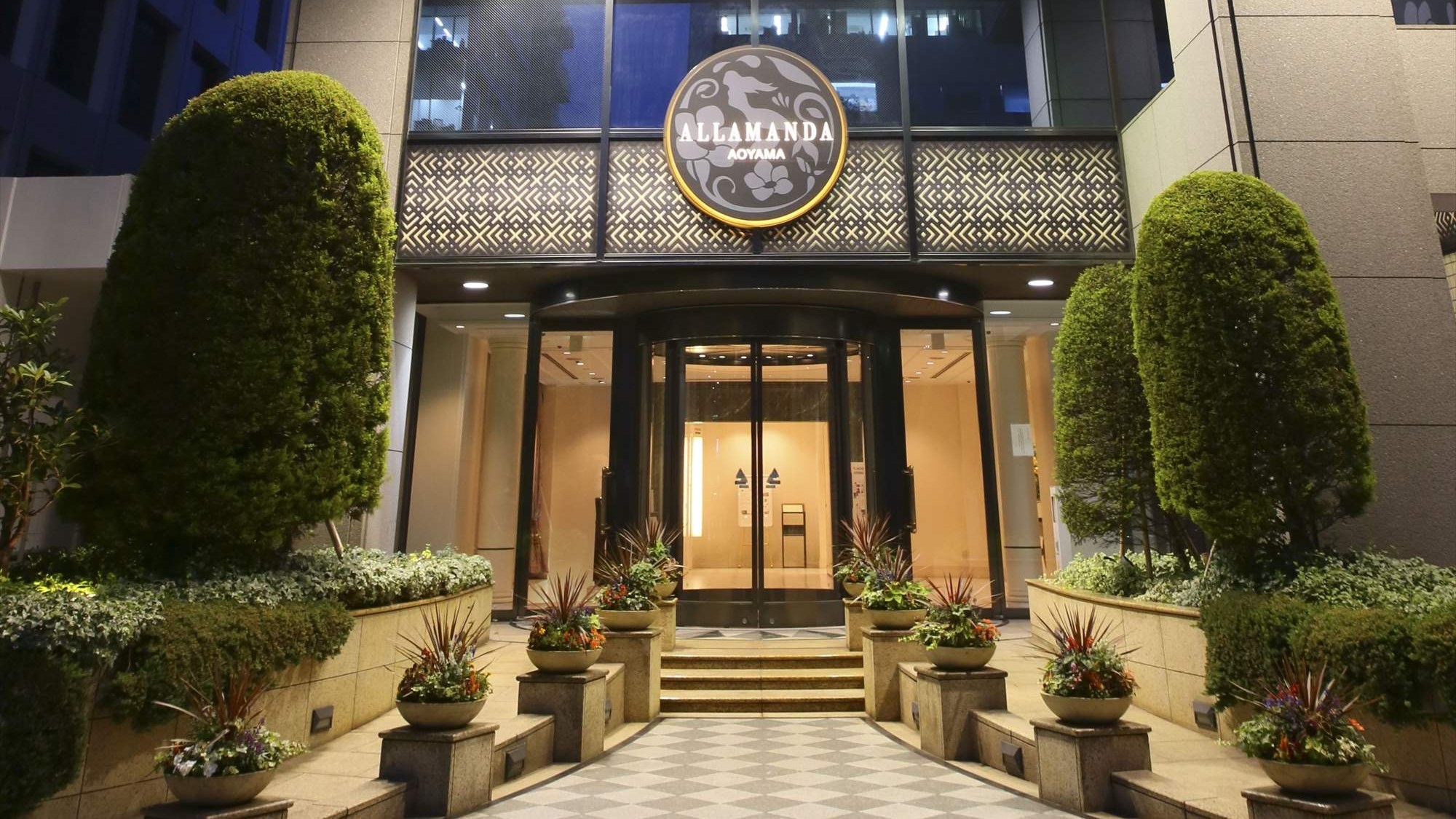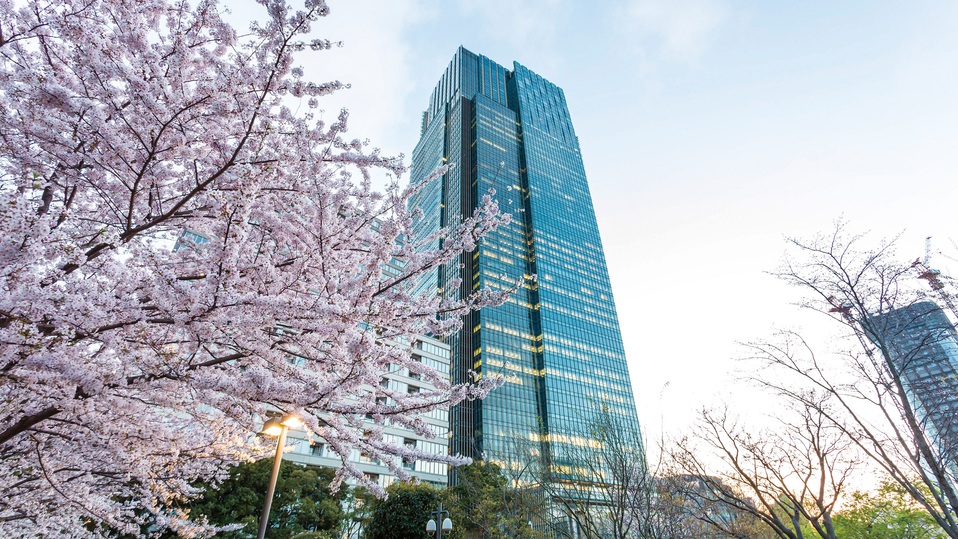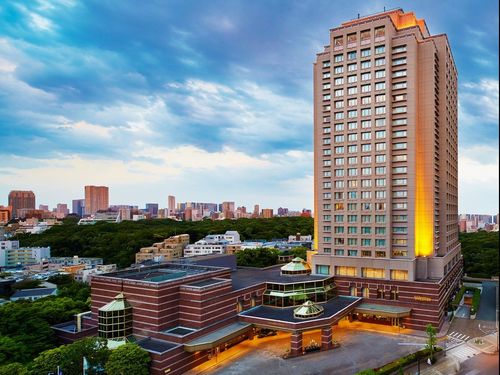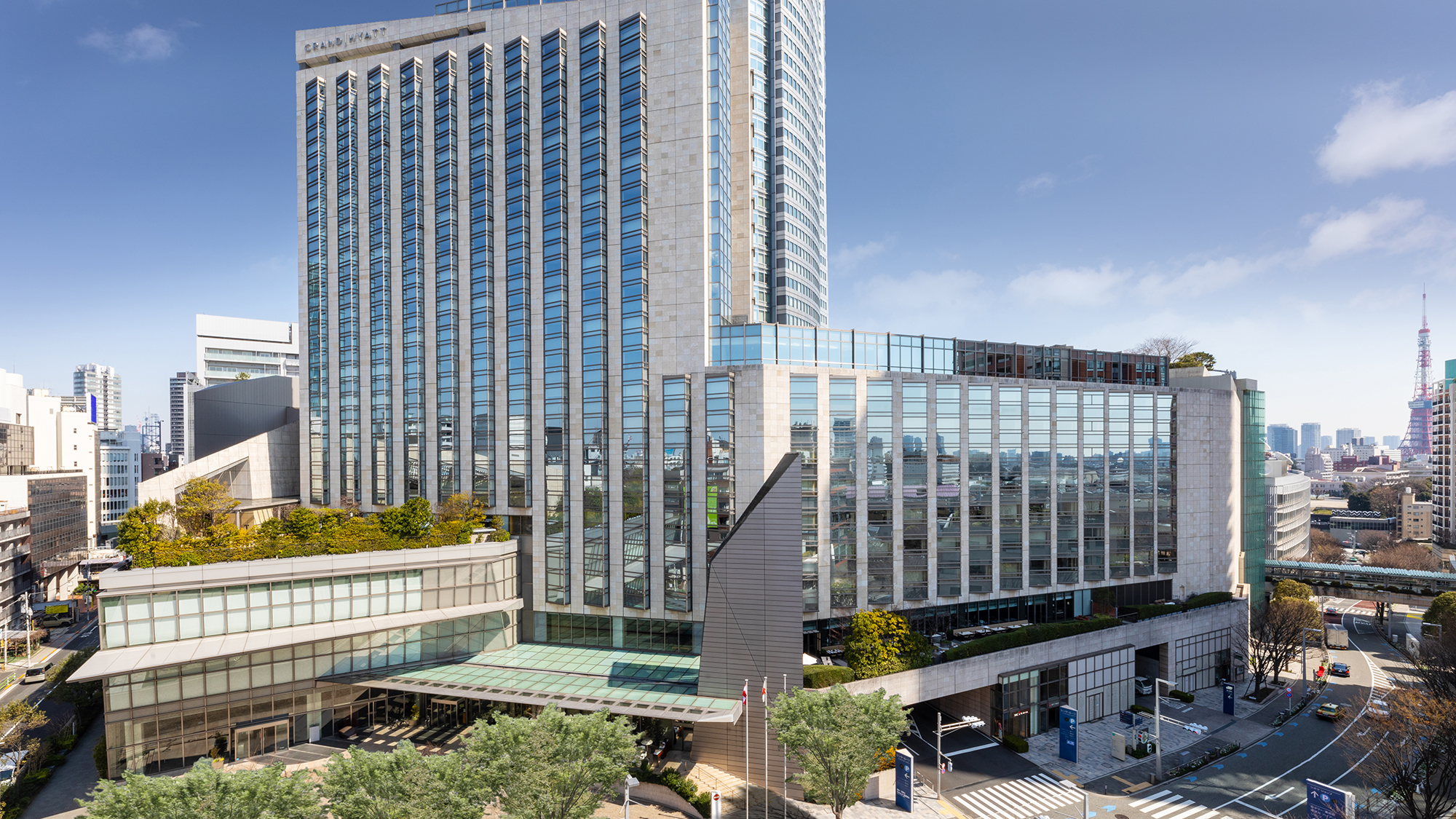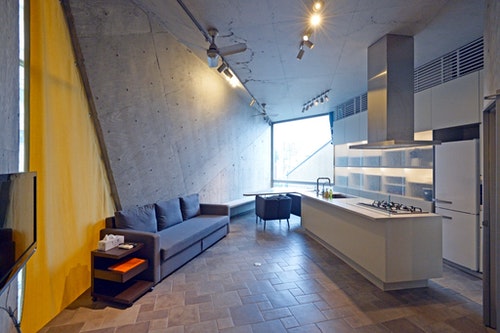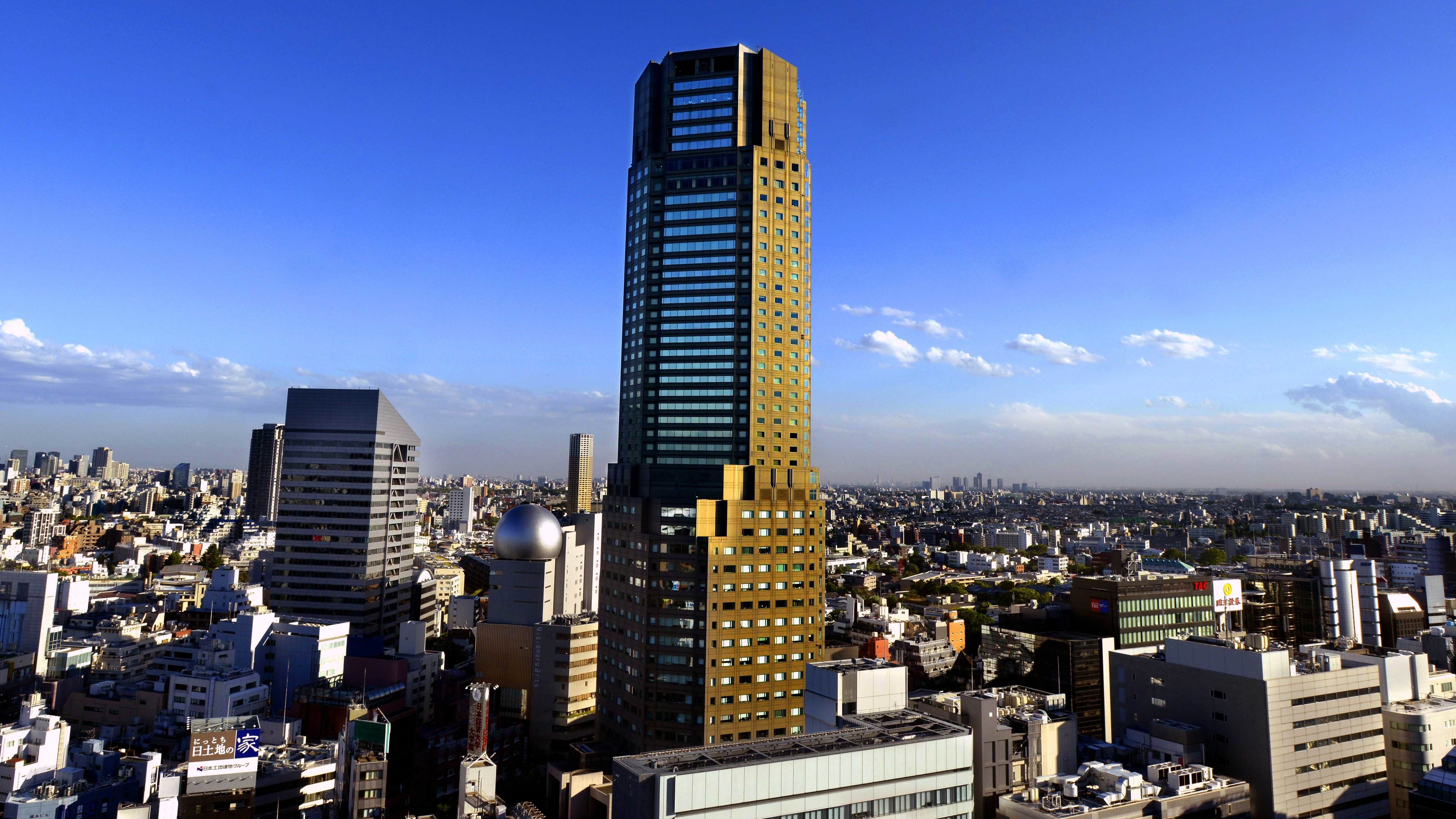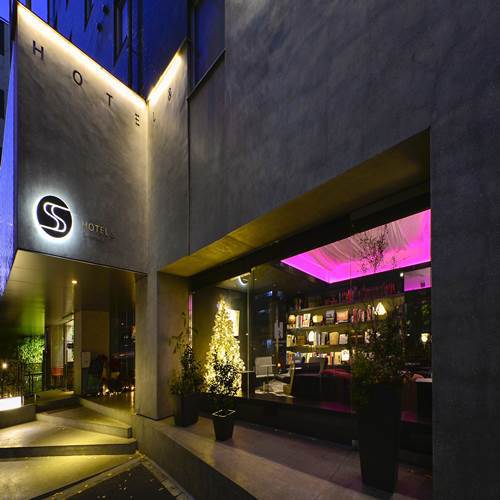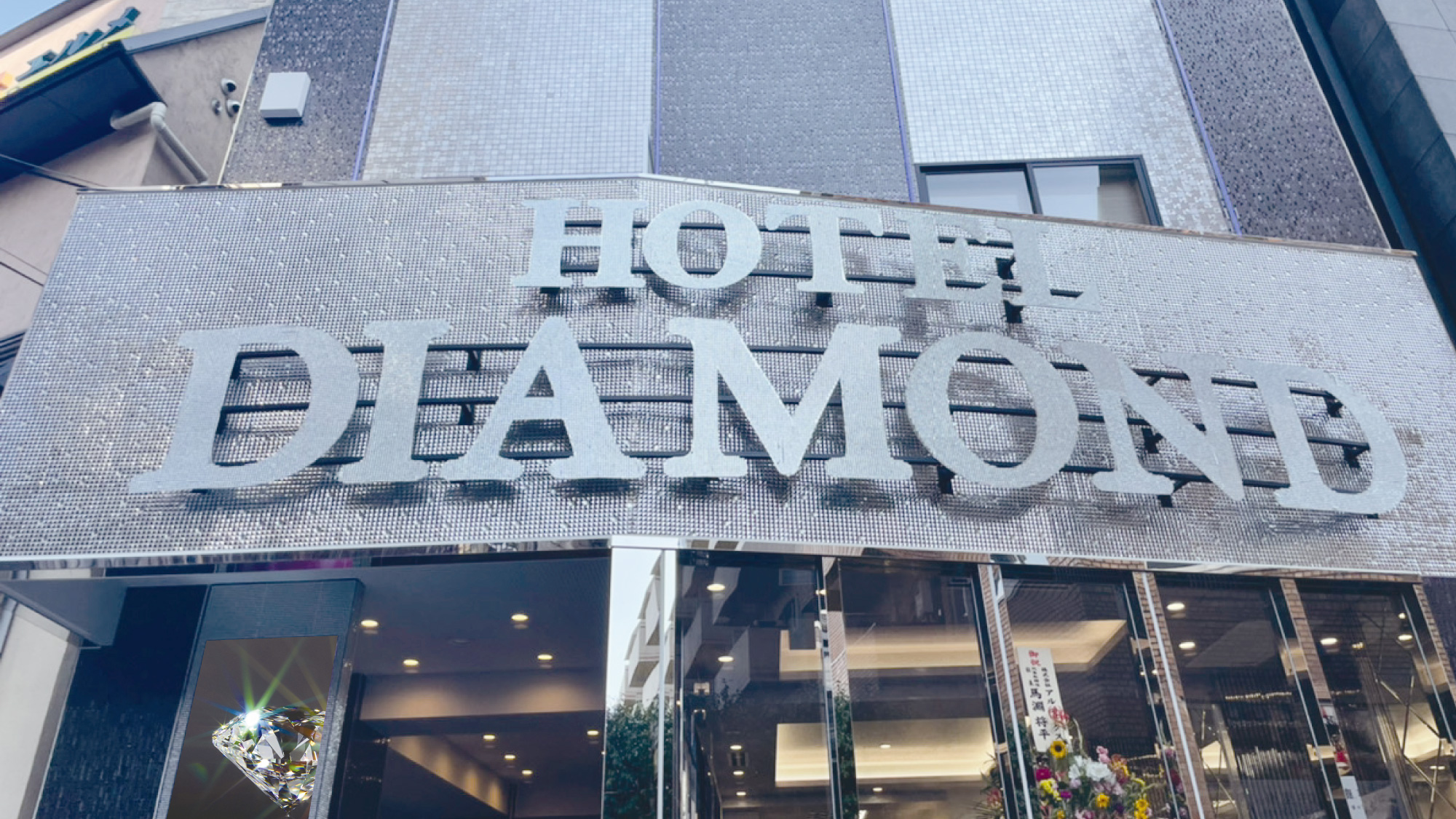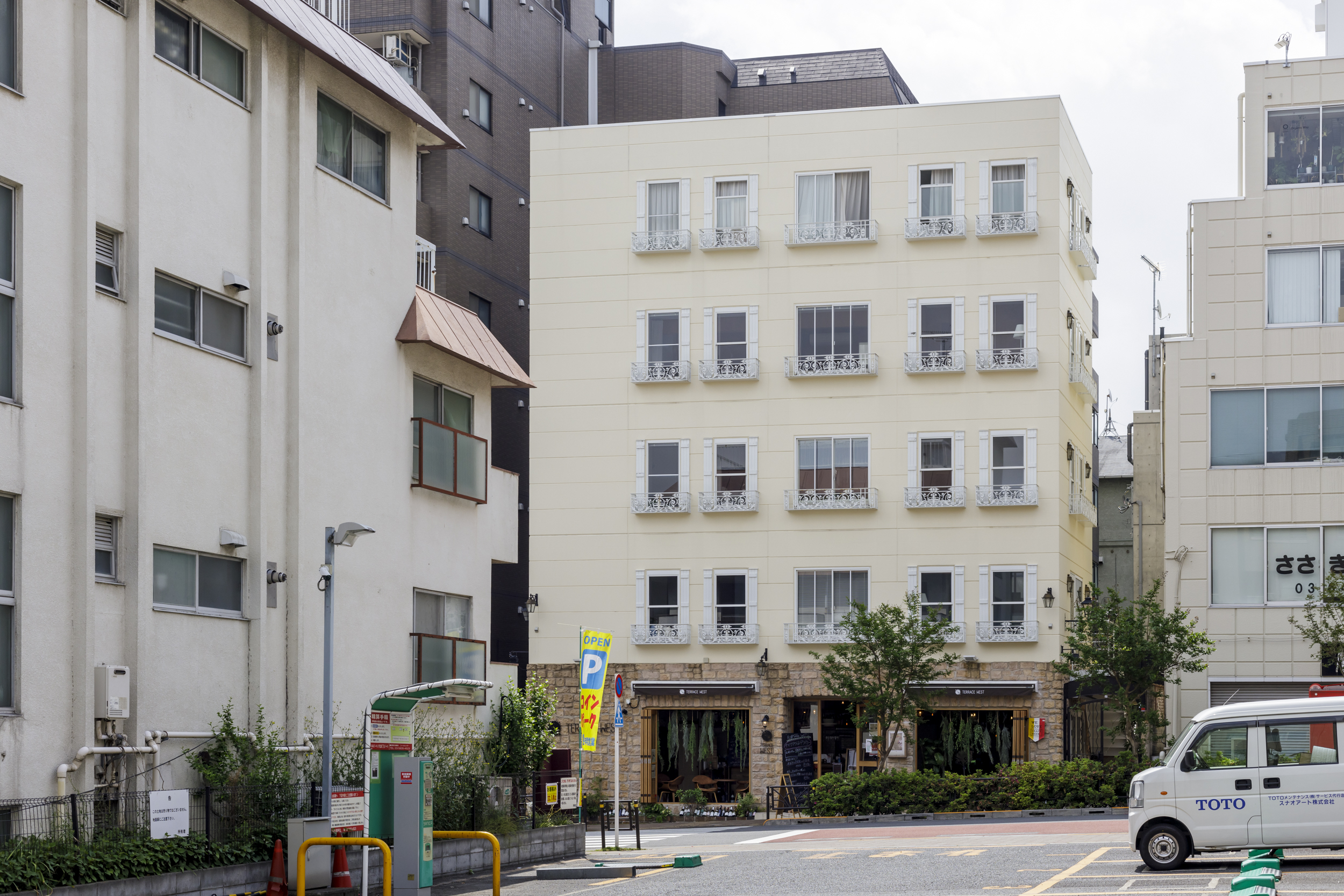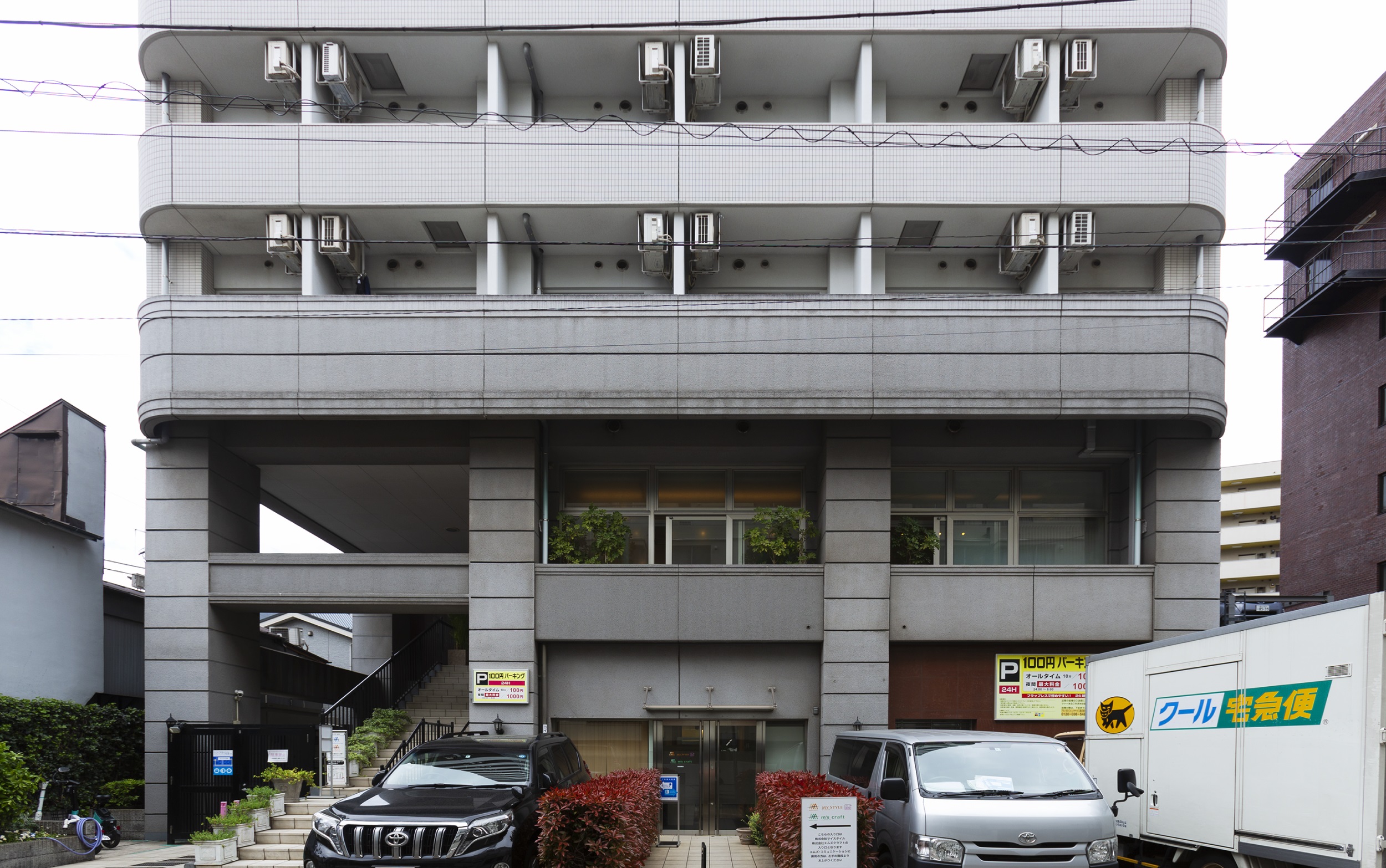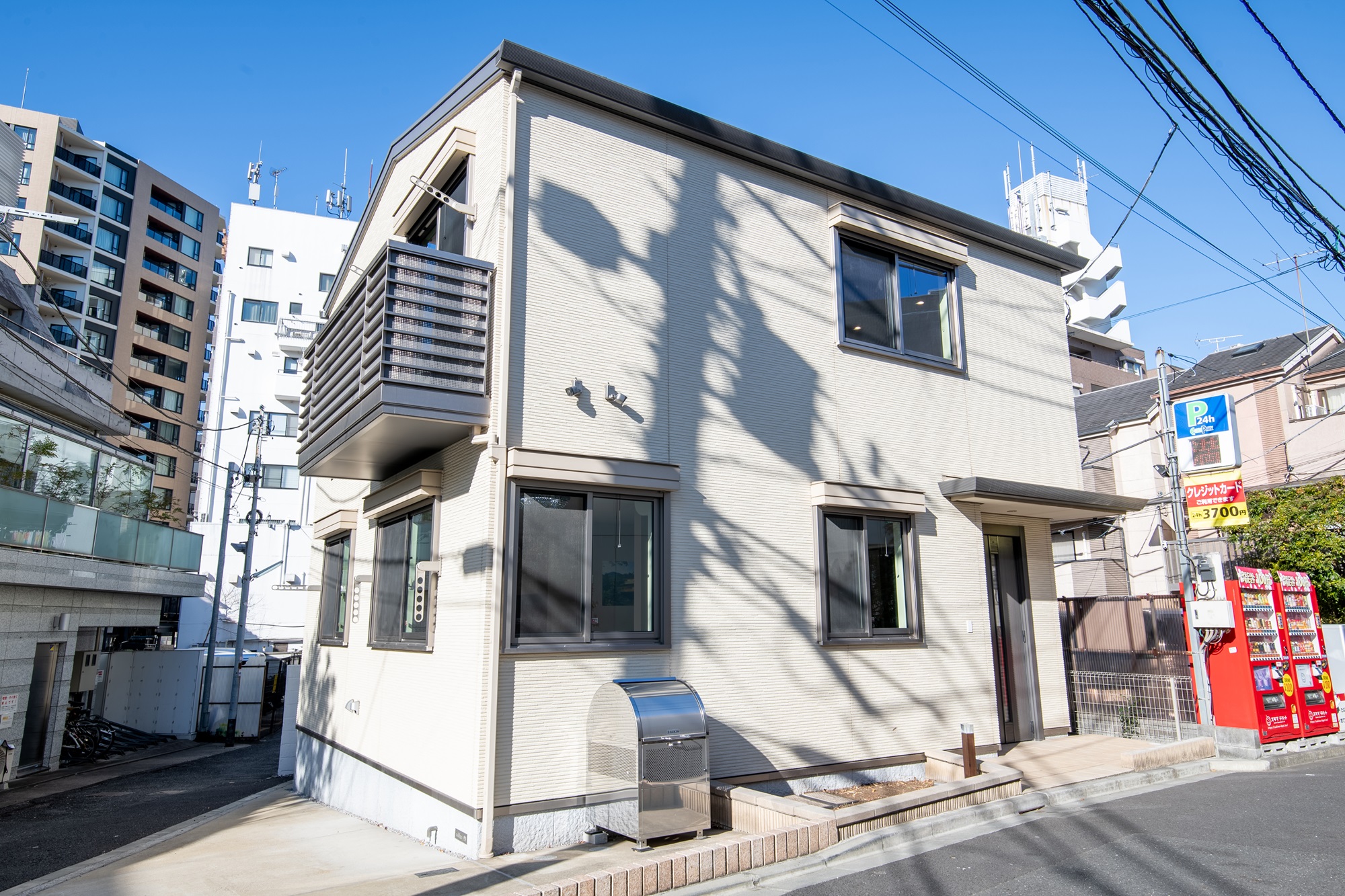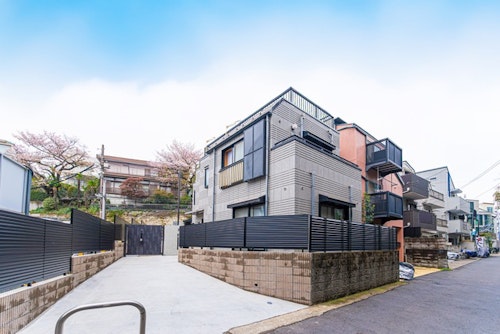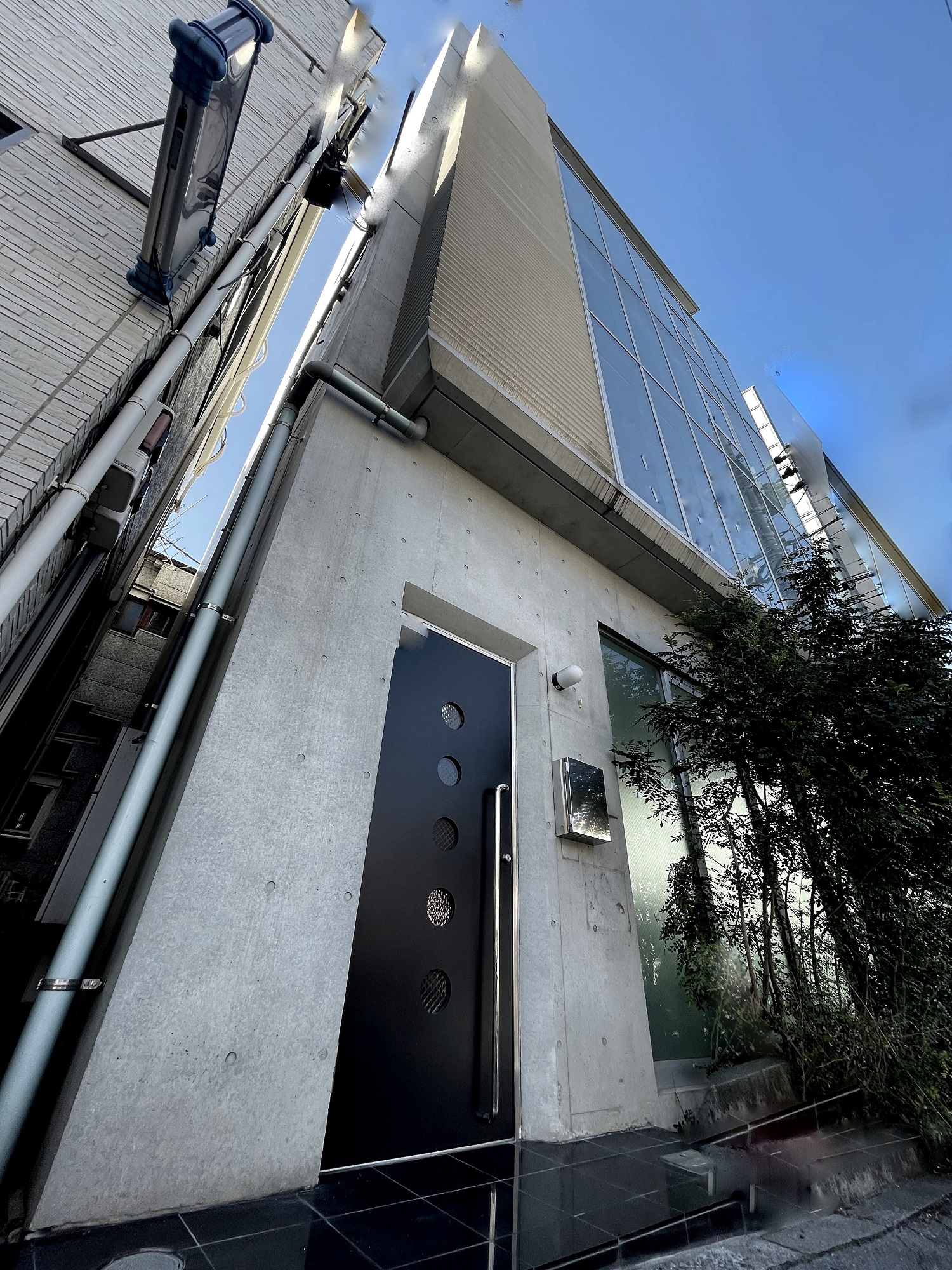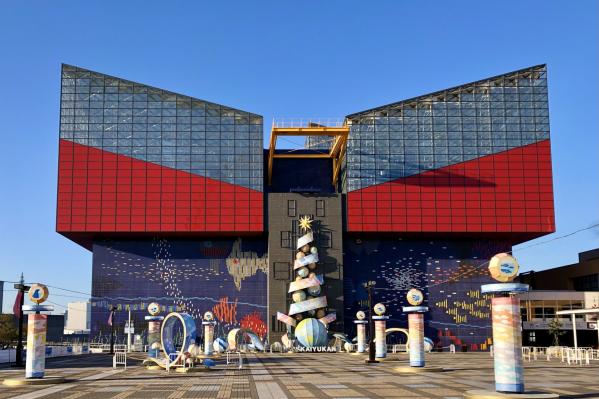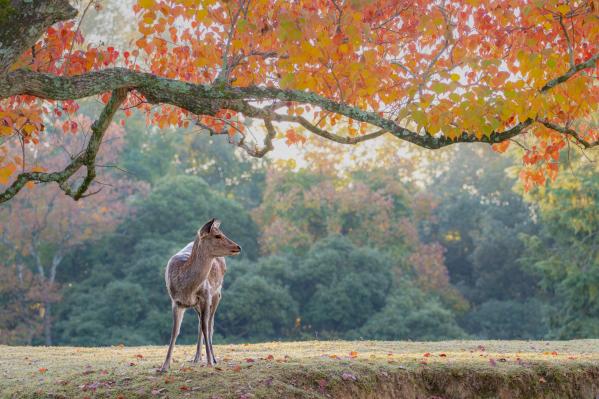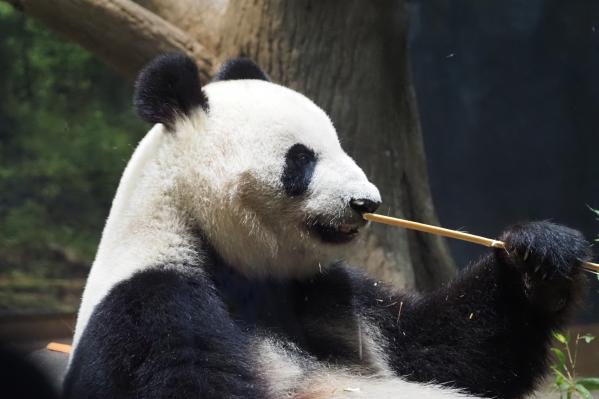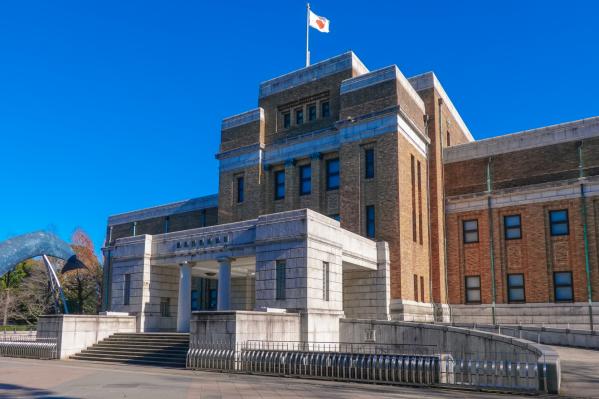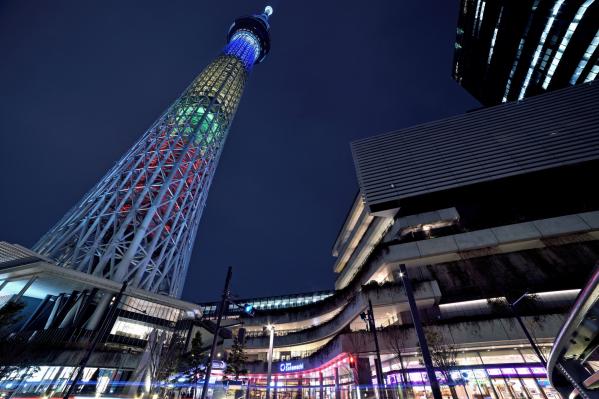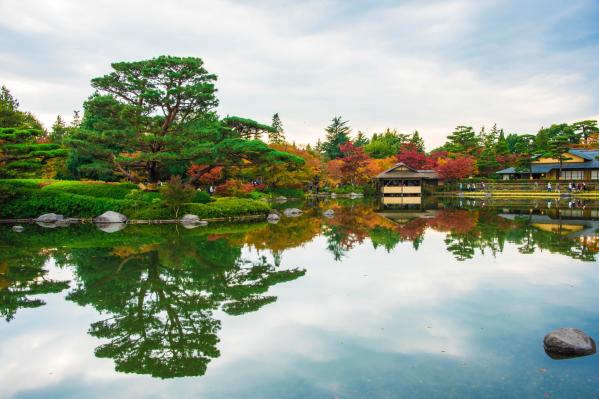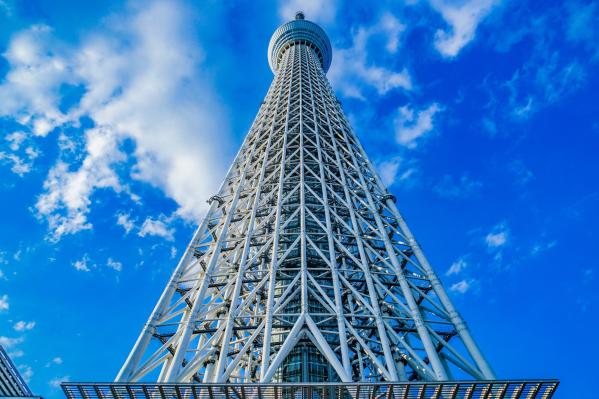Shibuya Scramble Crossing
Basic Information
- Spot Name
- Shibuya Scramble Crossing
- Location
- 〒150-0043 Shibuya Intersection, Dogenzaka Shita, Shibuya-ku, Tokyo
- Access
- 1-minute walk from JR "Shibuya Station"
1-minute walk from Tokyo Metro Ginza Line, Hanzomon Line, and Fukutoshin Line "Shibuya Station"
1-minute walk from Tokyu Den-en-toshi Line "Shibuya Station"
1-minute walk from Tokyu Toyoko Line "Shibuya Station"
1-minute walk from Keio Electric Railway Inogashira Line "Shibuya Station" - Parking
- Please use the nearby paid parking facilities.
- Business Hours
- Open for public viewing
- Regular Holiday
- Open year-round.
- Contact Information
- Phone Number: 03-3462-8311(一般財団法人渋谷区観光協会)
Map
Detailed Information
Shibuya Scramble Crossing is a world-famous intersection located in front of Shibuya Station in Tokyo, and it is one of the landmarks that symbolize the city. It is said that during peak times, an estimated 1,000 to 3,000 people cross simultaneously on a single green light, with daily pedestrian numbers exceeding 500,000. The sight of people walking in various directions while maintaining order symbolizes Tokyo's dynamic and harmonious urban culture.
This intersection connects Shibuya Station to Center Street, surrounded by hundreds of shops, restaurants, and bars, bustling with people day and night. In the evening, large digital screens and neon lights sparkle, creating a glamorous atmosphere akin to a city showtime. The stark contrast between the day and night experiences is also one of the attractions of Shibuya Crossing.
The history of the crossing dates back to the early 20th century when the area around Shibuya Station began to develop as a commercial district. Today, it is compared to New York's Times Square in its presence, appearing in many films, dramas, and commercials, notably featured in productions like "Lost in Translation" and "The Fast and the Furious: Tokyo Drift."
To fully enjoy the charms of the crossing, it is also recommended to visit surrounding observation spots. The second floor of the TSUTAYA building (Note: "SHIBUYA TSUTAYA" Starbucks is under renovation until around 2026), "Shibuya Sky" at Shibuya Scramble Square, and the rooftop observation deck at MAGNET by SHIBUYA109 offer breathtaking views overlooking the intersection. Additionally, the pedestrian bridge connecting Shibuya Mark City and Shibuya Station is a hidden gem for observing the flow of pedestrians.
Nearby, there is also the bronze statue of Hachiko, the loyal dog known for waiting ten years for his deceased owner at Shibuya Station, which touched many hearts with his loyalty. This statue, built in 1934, has become another symbol of Shibuya and continues to attract many visitors.
Shibuya Scramble Crossing is not just a transportation hub but a special space where Tokyo's energy, culture, everyday life, and the extraordinary intersect. If you're visiting Tokyo, it's definitely a spot you shouldn't miss.
Shibuya Scramble Crossing Movies
Tokyo Tourist Attractions
View ListNational Diet Building
The National Diet Building is the center of Japan's legislature, located a 3-minute walk from Tokyo Metro's Nagatacho Station. Construction began in 1920 and was com...
Nedzu Museum
The Nezu Museum was established in 1941 (Showa 16) to preserve and display ancient Japanese and East Asian art collected by businessman Kaichiro Nezu (1860-1940). Th...
The National Museum of Western Art
The National Museum of Western Art is the only national museum in Japan dedicated to Western art, located within Ueno Park in Tokyo. It opened in 1959 and was design...
Ryogoku Kokugikan
Ryogoku Kokugikan is the "home of sumo," where the Grand Sumo Tournament is held three times a year. This multipurpose hall, which can accommodate up to 10,000 peopl...
Ginza Mitsukoshi
Ginza Mitsukoshi is a long-established department store that opened in 1930 and is located at the Ginza 4-chome intersection. With a total of 15 floors, including 3 ...
Yasukunijinja Shrine
Yasukuni Shrine was established in 1869 by the order of Emperor Meiji and enshrines over 2.466 million spirits of those who died in wars from the late Edo period to ...
Sanrio Puroland
Sanrio Puroland is an indoor theme park where you can meet popular characters, including Hello Kitty. You can enjoy your time regardless of the weather, with attract...
Shinjuku Gyoen National Garden
Shinjuku Gyoen is a beloved natural retreat located in the heart of Tokyo. The garden has a deep history, originally rooted in a daimyo residence granted to Naito Ki...
